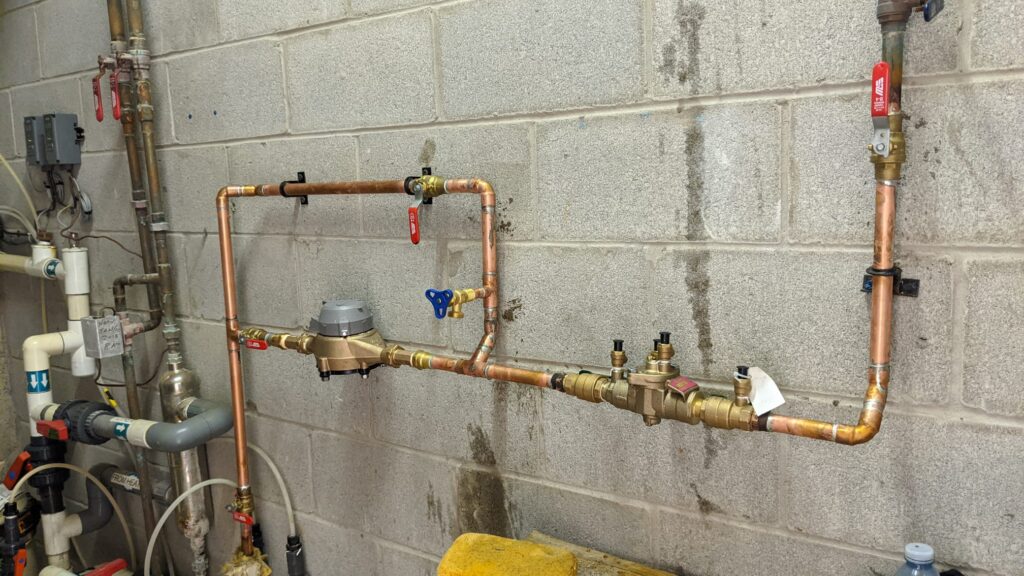Drain Repair: Essential Solutions for Homeowners
Drain repair is a critical aspect of home maintenance that many homeowners often overlook. A malfunctioning drainage system can lead to numerous problems, including unpleasant odors, water damage, and costly repairs. Understanding the signs of drain issues and knowing how to address them can save you time and money. This guide will cover the common types of drain problems, effective repair methods, and preventive measures to ensure your drainage system remains in optimal condition.
Drain Repair
Drain repair involves identifying and fixing issues that impede the proper flow of wastewater through your plumbing system. Common problems include clogs, leaks, and damaged pipes. These issues can arise due to various factors, including the accumulation of debris, tree root intrusion, or aging plumbing materials. Recognizing the symptoms of drain problems early can help prevent more extensive damage and costly repairs.
Common Drain Issues and Repair Methods
Identifying the common types of drain issues is crucial for effective repair. Here are some typical problems and methods to address them:
Clogs and Blockages
Clogs are one of the most frequent issues homeowners face. They can occur in kitchen sinks, bathroom drains, or main sewer lines.
- Use a Plunger: For minor clogs, a plunger can be an effective tool. Create a seal around the drain and use forceful pushes to dislodge the blockage.
- Try Drain Cleaners: Chemical drain cleaners can be used to dissolve clogs, but they should be used with caution as they may damage pipes over time.
- Mechanical Snake: For stubborn clogs, a plumbing snake can reach deep into pipes to remove blockages.
Leaks in Drain Pipes
Leaks can occur at pipe joints, causing water damage and mold growth.
- Identify the Source: Check for wet spots, drips, or water stains to locate the leak.
- Pipe Repair Kits: These kits often include clamps and sealants specifically designed for fixing leaks.
- Replace Damaged Sections: If a pipe is severely corroded or damaged, cutting out the affected section and replacing it may be necessary.
Tree Root Intrusion
Tree roots can infiltrate sewer lines, causing blockages and damage.
- Regular Inspections: Schedule routine inspections to check for root intrusion, especially if your home is near large trees.
- Root Killers: Chemical root killers can be used to manage and prevent root growth in sewer lines.
- Trenchless Repair: This method involves using specialized equipment to repair pipes without digging up your yard, preserving landscaping.
Improper Slope
If the drain pipes are not properly sloped, water may not flow effectively, leading to standing water.
- Regrade the Drainage System: Adjusting the slope of the pipes can ensure proper drainage flow.
- Install a Sump Pump: In low-lying areas, a sump pump can help remove standing water and improve drainage.
Frequently Asked Questions
How do I know if my drains need repair?
Common signs include slow drainage, gurgling sounds in the pipes, foul odors, or water pooling around drains. If you notice these issues, it may be time to investigate further.
Can I repair my drains myself?
Many minor issues, like clogs, can be handled by homeowners. However, more complex problems, such as tree root intrusion or pipe replacement, often require professional expertise.
How often should I have my drains inspected?
It’s advisable to have your drains inspected at least once a year, especially if you experience frequent drainage issues. Regular maintenance can help catch problems early.
What should I do in case of a severe clog?
If plunging or using drain cleaners doesn’t work, consider calling a professional plumber to assess the situation. They have specialized tools and experience to handle severe clogs effectively.
Final Thoughts on Drain Repair
Proper drain repair is essential for maintaining a healthy home environment and preventing costly damage. By understanding common drainage issues and implementing effective repair methods, homeowners can ensure their plumbing systems function efficiently. Regular inspections and proactive maintenance will go a long way in preventing serious drain problems. Remember, while minor issues may be handled DIY-style, don’t hesitate to seek professional help for more complex situations to safeguard your home from extensive damage.


